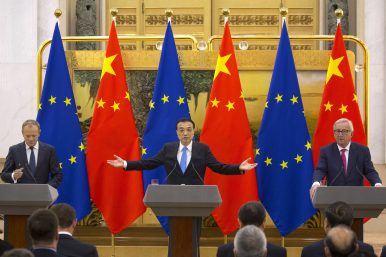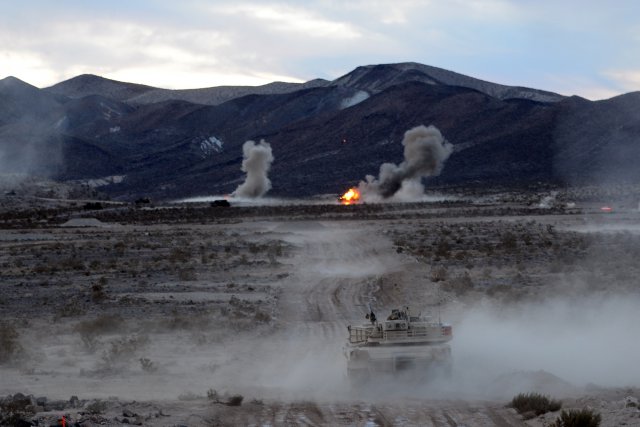BY WILLIAM FISHER
 Perhaps Walmart’s $16 billion acquisition of India’s online shopping leader Flipkart this summer was the last straw. Soon after the massive deal was signed, journalists got a look at a draft proposal for a new e-commerce policy from the central government. Suddenly India seemed prepared to follow China’s playbook: Measures that appeared to be copied straight from Beijing included closing loopholes permitting foreign ownership and requiring firms to store Indian consumer data in country and make it accessible to the government. All this and more, the proposal asserted, is needed to “level the playing field,” “encourage domestic innovation,” and give India’s tech companies an opportunity to flourish.
Perhaps Walmart’s $16 billion acquisition of India’s online shopping leader Flipkart this summer was the last straw. Soon after the massive deal was signed, journalists got a look at a draft proposal for a new e-commerce policy from the central government. Suddenly India seemed prepared to follow China’s playbook: Measures that appeared to be copied straight from Beijing included closing loopholes permitting foreign ownership and requiring firms to store Indian consumer data in country and make it accessible to the government. All this and more, the proposal asserted, is needed to “level the playing field,” “encourage domestic innovation,” and give India’s tech companies an opportunity to flourish.






/arc-anglerfish-arc2-prod-mco.s3.amazonaws.com/public/6QCPORODHZHPLGHVN4KDBBEZCU.png)





